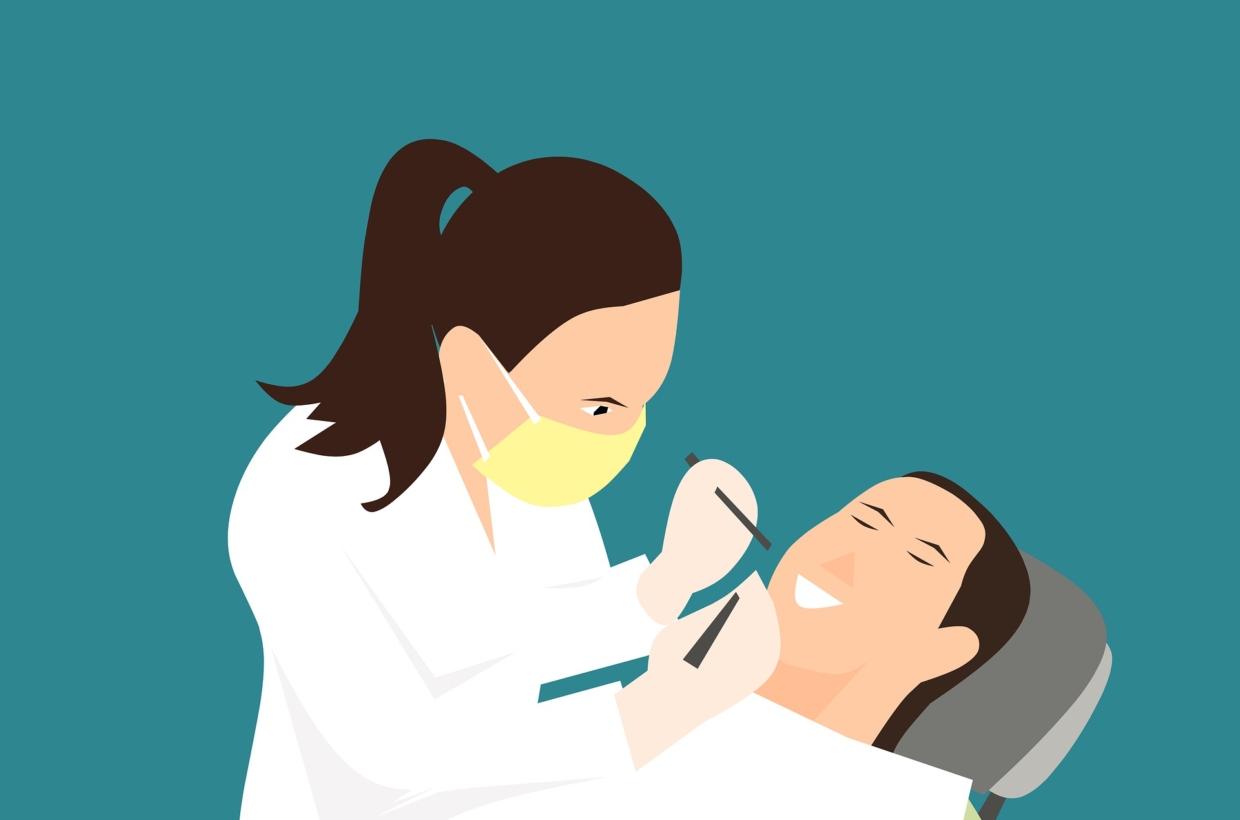DESPITE THE CLEAR link between oral health care and an individual’s overall health, approximately one-third of all U.S. adults ages 19 to 64 lack dental insurance. As a practicing dentist in Quincy, I am fortunate to see many patients with coverage, although barely a day goes by that I don’t hear an insurance war story.
Fortunately, this month the Massachusetts Division of Insurance (DOI) released a proposed rule set to take effect in the new year that aims to address many of the issues preventing people from accessing dental care that they need. This rule is the result of the overwhelming passage of a ballot measure last November aimed at reining in dental insurance providers.
As one might imagine on insurance-related matters, there is a lot of fine print and the rule is quite complicated. But at the most basic level, the new standard requires dental insurance companies to report the portion of their revenue spent on patient care versus revenue spent on administrative costs and profits, commonly referred to as medical loss ratio (MLR) . The standard also requires that at least 83 percent of premiums be spent on actual patient care and clearly delineates what can and cannot be considered an administrative cost.
Essentially, the standard will eliminate waste and abuse, provide full transparency to people seeking dental insurance, and ensure that the vast majority of premiums paid by the insured are actually spent on dental care.
Certainly, navigating health insurance benefits, including dental care, can be complicated and confusing. And unfortunately, many insurers seem to use dental plans to increase their profits. Current estimates indicate that unused dental premiums constitute 40 percent or more of premiums. These unused benefits are retained by insurance companies rather than being allocated to the actual cost of care.
For comparison, Massachusetts currently maintains an 88 percent medical claims rate for medical plans, meaning that no more than 12 percent of premiums can be devoted to administrative costs or profits. However, unlike health insurance, such a percentage did not exist for dental plans until voters came forward and the Division of Insurance intervened.
Dental insurers are certainly entitled to make a fair profit and must of course cover their administrative costs. They wouldn’t be in business if they didn’t. But it’s clear that dental insurance plans have become a cash cow for insurers. Greater transparency around how these premiums are used is essential to ensure consumers can make informed coverage decisions and ultimately access the dental care services they need.
With the publication of the proposed rule, the Division of Insurance is now accepting public comments before publishing the final rule sometime before the end of the year. The Insurance Oversight Office will undoubtedly hear from health care advocates, dental providers and insurers as it prepares the final rule. Although changes may be made to the proposed rule, the intent is there: to expand access to quality dental care.
By establishing this rule, Massachusetts will become the first state to truly address the challenges associated with dental insurance. Just as Romney Care in 2006 led to a broader debate over health insurance and ultimately the federal Affordable Care Act, Massachusetts can once again serve as a model for all other states seeking to improve access essential dental services.
David Lustbader is a practicing dentist with South Shore Oral Surgery Associates based in Quincy. He is also director of clinical affairs at 42 North Dental, chief of oral and maxillofacial surgery at Milton Hospital, clinical instructor at Boston Medical Center and past president of the Massachusetts Dental Society.
#State #track #improve #dental #care #CommonWealth #Magazine
Image Source : commonwealthmagazine.org

